The 5 Most Underrated European Cities
Europe might be the most popular continent for tourism with amazing beaches, cultures, cuisines, languages and of course cities. The most common cities visited by tourists, including: Rome, Athens, Paris, Barcelona, and other popular places, hold true beauty and a music in the air that no one can resist. But, behind these well-known wonders, there are cities that do not shine as brightly. It’s a shame, because these urban centers hold mysteries and a magic of their own that are dying to be revealed. The list below will enlighten individuals to the 5 most underrated European cities that truly need to have their voices heard!
1. Edinburgh, Scotland
The capital of Scotland, Edinburgh, is dotted with astounding castles, with crumbling stones, that announce their age and endurance throughout time. Inside the walls, history replays the stories of the royals and their scandalous affairs. The air of this historical city rings with the clash of swords from the feuds between the clans. The stories of Edinburgh date back to the Celtic rituals and Christian fathers. The city is now bustling with thick-accented locals; yet, needs tourists who are interested in understanding one of the most mystical and romantic cultures known to man.
2. Bucharest, Romania
Who could resist visiting a city that the real life Dracula, Vlad the Impaler, called home? Capital of Romania, Bucharest came into existence in 1459 and since then has grown into a beautiful city with elegant architecture. The wide tree lined boulevards of this city earned its name as the “Little Paris” for its grandeur. You can’t visit this city without going to see the towering Arch of Triumph and the stunning Cantacuzino Palace that were both built in the early 1900s. Bucharest is definitely a fun place for a city break with its unique food, culture and awesome nightlife.
3. Oslo, Norway
Oslo was founded by King Harald Hardrade and became the capital of Norway in 1300 AD. Tourists can enjoy a tour through the Royal Palace or take stroll through the medieval castle, Akershus. The numerous parks and museums tell stories of Oslo’s interesting past. The devastating fire of 1624 left ruins for tourists to visit and lands that were turned into farms. Unfortunately, the fire ruined most of medieval Oslo; however, you can research the history and see it displayed in their museums and enjoy the beautiful modern city that emerged from the ashes.
4. Tallinn, Estonia
This beautiful capital of Estonia lies on the southern coast of the Gulf of Finland. The first fortress ever built was in 1050; however, it is believed that this city dates much farther back. The city has many wounded memories from World War 2 when the Soviets bombed it extensively in order to regain it from the Nazi Germans. Today, with its towering glassy buildings, its 400,000 residents have made it a charming and rustic town. Tallinn has some of the most beautiful cathedrals found in Europe. Visiting inside them will take you back to a simpler time that was uprooted by devastating war.
5. Dubrovnik, Croatia
Dubrovnik is a prominent tourist town with its glistening clear blue beaches. The beauty of its essence has had it nicknamed as the “Pearl of the Adriatic.” When visitors come to this stunning place, they must visit the most beautiful church possibly ever built, the Church of St. Ignatius. The artwork can take anyone’s breath away, instantly. With its beaches and a multitude of synagogues, this tourist town is incredibly humble and the perfect place for a comforting vacation.
Top Reasons to Visit Spain
There are plenty of top reasons to visit Spain. And if you just consider how colorful and long-standing its history is, you’d be convinced of its worth as a tourist destination. Tourism in Spain developed around the 1960’s and 1970’s. And back then, the country was herald as a great summer vacation spot. Today, it presents an array of alternative tourism significance, which attracts as many as 53 million visitors per year (allowing it to earn a whopping $53 billion tourism direct GDP. Spain is essentially a Mediterranean country that is run by a constitutional monarchy. And it was among the countries the nations that pioneered in world exploration, thereby making it a very influential force as far as culture and religion goes.
Many of the tourist attractions in other countries, especially the Caribbean and Pacific involve remnants of Spanish architecture, which are often represented by town halls, forts, churches and old houses. The top reasons to visit Spain are no different. And here, folks can actually appreciate a more sophisticated depiction of its artistic side with landmarks like the Palacio de la Diputacion in Bilbao, Cathedral of Seville in Seville, Fort Sebastian and Santa Catalina in Cadiz, and the Old City of Cordoba. El Escorial is among the most interesting places to visit in the nation’s capital as it was once the center of the Spanish Empire. And in this vicinity, people will get to appreciate multiple facets of Spanish construction. Also known as the Monastery or Royal Seat of San Lorenzo de (El) Escorial, this massive building functioned as a religious sanctuary, royal palace, museum and school. It is a complex made up of a number of well-designed buildings, influenced by 16th and 17th century aesthetics. And it is surrounded by a vast woodland area, which served as the royal family’s hunting grounds. It was inaugurated as a UNESCO World Heritage Site in 1984 and currently attracts as much as 500,000 guests. And the best part about it is that it’s only 45 kilometers away from other highlights located in Madrid.
If you are interested in more nature-centric destinations, you could schedule a trip to Almeria, where you could indulge in local picturesque natural beaches. As mentioned earlier, one of the top reasons to visit Spain has always been its summer getaways. And Almeria has the best lineup in the world. Las Salinas and La Almadrava de Monteleva are among the undisturbed coastlines it affords people. And as an alternative, Valencia also has a nice beach waiting for foreigners to try out. More commercialized strands are found in Coastal Blanca, Brava and del Sol. And if you are particularly fond of pairing water-sports with that of party facilities, Ibiza and Mallorca are definitely some of the places you should include in your itinerary. If you want to read some more about these places, check out reviews from On The Beach.
Sierra Nevada is another one of the top reasons to visit Spain that is serving ecotourism interests. But unlike the previous, this mountain range in Andalucia offers guests more rugged outdoor experiences, from hiking to climbing, canyoning, paragliding and skiing during the winter. Tenerife is an overseas territory of Spain that also serves tourists the same set of activities, but pairing it up with spectacular beaches and a lively nightlife, making it the ultimate holiday retreat.
A guide to dressing for the different conditions on the Inca Trail
Although the Inca Trail in Peru isn’t a particularly long trek (typically it takes four days to complete), you’ll experience varied conditions along the route. This means you need to be well prepared for your hike and make sure you pack appropriately.
We’re going to give you a brief rundown of the different weather you’re likely to encounter while on the Inca Trail, as well as make packing recommendations. If you’d like to know more about what you’ll see along the way, check out Walks Worldwide for detailed itineraries.
Weather on the Inca Trail
The main season for trekking the Inca Trail is from April to October, as these are the driest months. It’s still possible to hike during November and December, but these tend to be wetter and also warmer.
Even if you travel between April and October, you shouldn’t expect the rain to hold off – it is not uncommon to encounter wet weather at any time of the year in the Andes, so make sure you’ve got waterproofs in your luggage.
One of the other important things to remember is that temperatures vary widely between the day and night. Once the sun goes down the temperature can drop to below freezing, while during the day it can be warm and humid. This means you need to be prepared for a variety of conditions.
Essential items to pack
No matter where in the world you are trekking, one of the most important things to have is a pair of comfortable, well worn hiking boots. Knowing that your shoes won’t give you blisters or cause you pain when you’re walking for long hours over the course of several days is a godsend.
Of course, it never hurts to take blister plasters in your daypack just in case, but wearing shoes that fit you and that you’ve hiked in before is the most important thing. Thick, good quality walking socks are another item you’ll want to bring. It’s worth taking spare pairs with you in case your feet get wet and you need to change your socks.
Waterproofs are another essential – a poncho that you can throw on quickly if you get caught in an unexpected downpour is a good addition to your daypack, while taking a breathable waterproof coat is also a sensible idea.
In terms of clothes, the key is layers to allow you to effectively regulate your temperature. Peru has some of the most variable weather in South America. Choose garments in a moisture-wicking fabric to wear against your skin and pack thermals for the evenings. Gloves, scarves and hats are other things you should take – you’ll be glad for them when you’re crossing Dead Woman’s Pass, the highest point on the trek.
Mosquito repellent, rehydration salts, hand sanitiser and wet wipes are just a few of the other things you should have with you at all times.
A word about packing
Although you need enough clothes to keep you dry and warm on your trek, remember that it only lasts for four days. You will be limited to taking 8 kg worth of luggage with you, as this prevents the porters from being overloaded.
If you have more gear than this, you can usually leave the things you don’t need at your hotel in Cusco and collect them once you’ve completed the hike. As an extra precaution from the rain, pack your clothes in plastic bags inside your main backpack to help prevent them from becoming damp.
Most popular attractions in Antigua
The small Caribbean island of Antigua lies near the centre of the Caribbean chain sandwiched between St Kitts and Nevis, Montserrat and Guadeloupe. Once an important station for the British Navy it has many historical and cultural attractions, as well as the natural ones such as beaches, rainforests and reefs. There’s plenty of special offers in Antigua to make the most of, and once there, here’s a list of the most popular attractions in Antigua.
The beaches
Antigua is home to 365 beaches, one for each day of the year. Some are perfect for lazing on the sugar white sand, others are better for activities including snorkelling and windsurfing or walks and romantic picnics. Some of the best are the five secluded Hawksbill Beaches, quieter than the popular Dickenson Bay, but still with plenty of facilities. They are ideal for swimming or snorkelling on the reefs further out. From here you can also take a boat out the uninhabited Prickly Pear Island.
Nelson’s Dockyard and English Harbour
Other than its beaches one of the most famous attraction on the island is Nelson’s Dockyard and English Harbour – a UNESCO World Heritage Site, and shadow of British Navy’s influence in Antigua. In the middle stands the restored Georgian naval dockyard once the home of the British fleet during the Napoleonic Wars. The Dockyard Museum is well worth a look to learn about the history of the area.
The rainforest
While the exterior of the island is full of idyllic beaches, old English forts and naval bases, the interior is filled with lush emerald green rainforest, home to many types of birdlife. The best way to see the interior is on a hike or nature trail, of which there are many around the island. Another great way is to go on a rainforest zipline canopy tour over the treetops.
Devil’s Bridge
Situated on the island’s northeastern point, Devil’s Bridge sits within one of the island’s four national parks – Indian Town Point. Devil’s Bridge is a natural rock bridge which was created by waves and surf pounding it over centuries and provides a spectacular sight surrounded by blowholes and wild surf. There are many hiking trails nearby, as well as excellent picnic spots. One of the best is to Long Bay, which is also great for snorkelling.
The reef
It’s not only the island that has attractions here though as the views under the waves are just as popular. A trip to Antigua can’t be complete without a spot of snorkelling or diving to see them. There are four main types of coral reefs around the island – barrier, bank barrier, patch and fringing, which are home to a vast array of species, from sea turtles to clown and angel fish, manta rays, lobsters and lionfish. The reds, oranges and purples of the coral gardens can be viewed both snorkelling right off the beaches or on an organised scuba trip further out. One of the best places for snorkelling and diving is the Cades Reef on the southwestern part of the island.


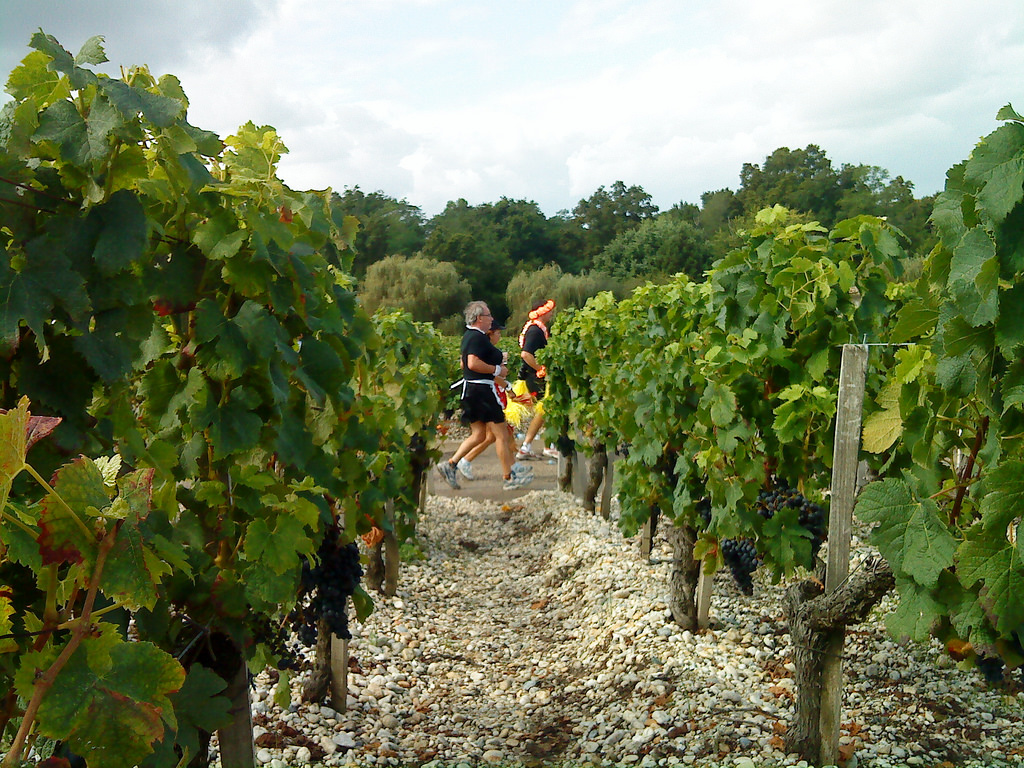



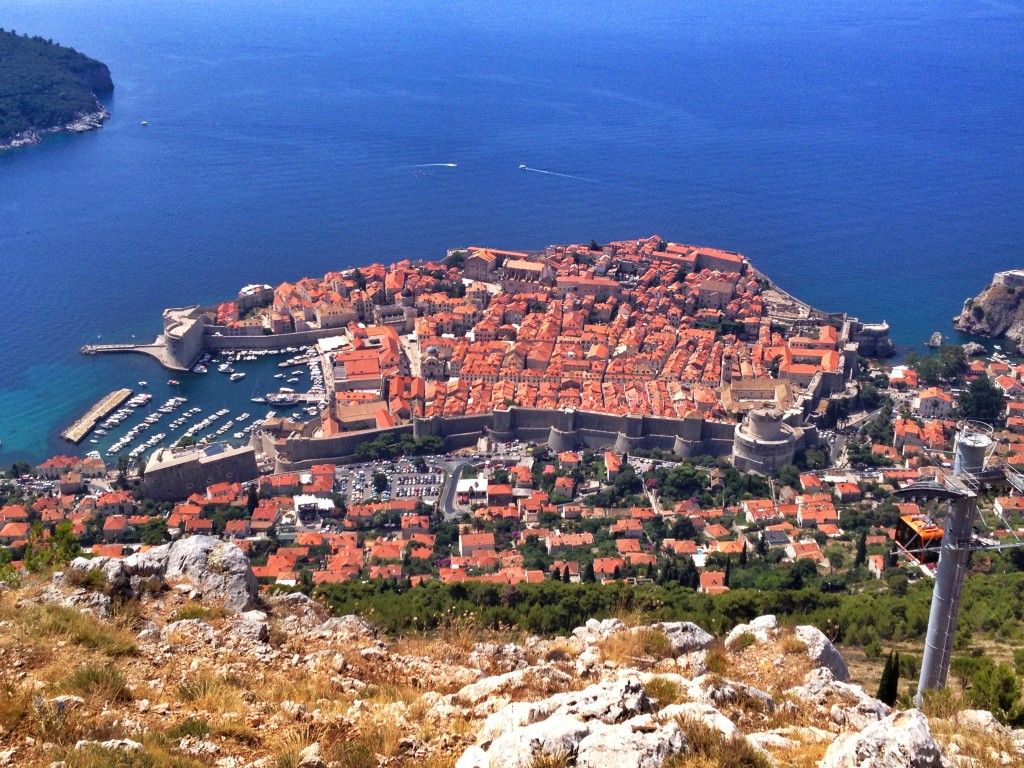
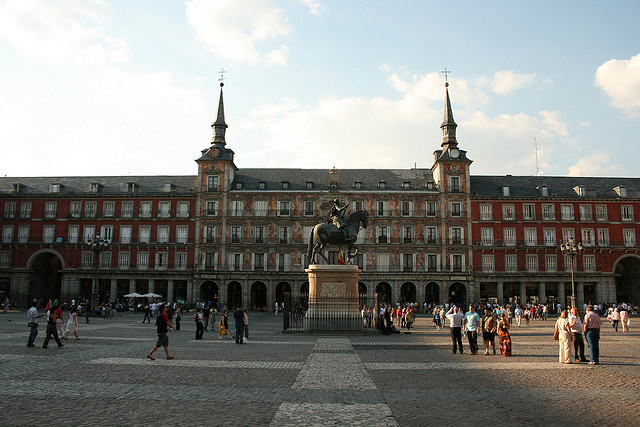
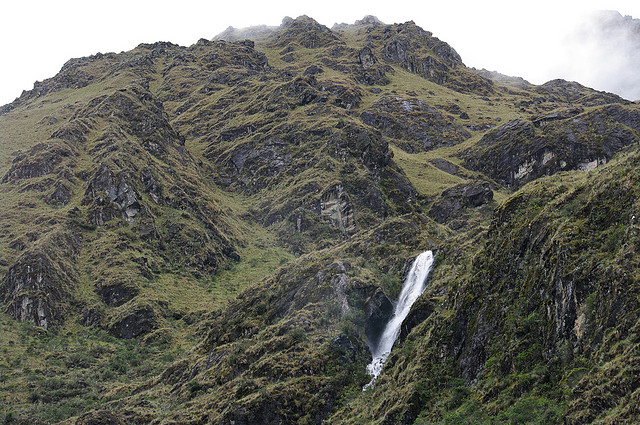
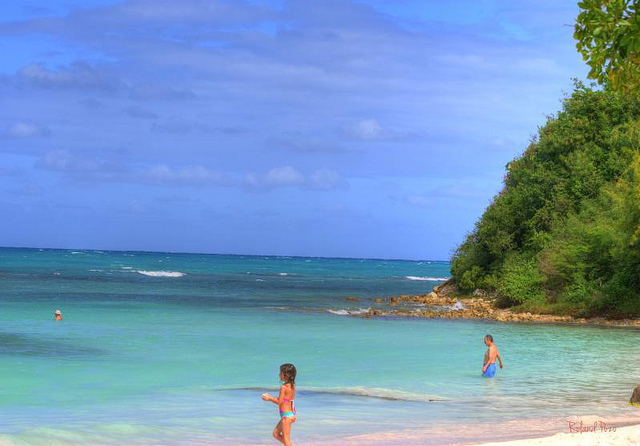



 Welcome to Home Town Travel Guides.com , your source for travel guides written by locals and those who've been there and done that! ~Jeremy
Welcome to Home Town Travel Guides.com , your source for travel guides written by locals and those who've been there and done that! ~Jeremy